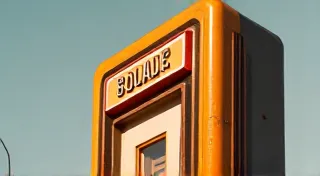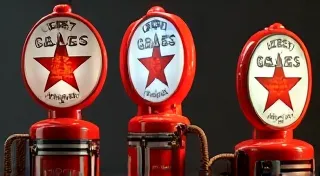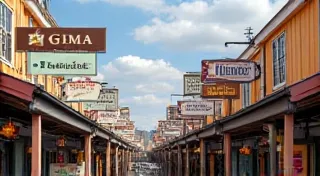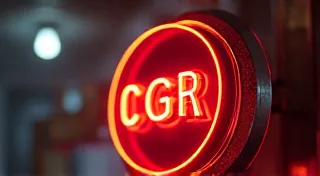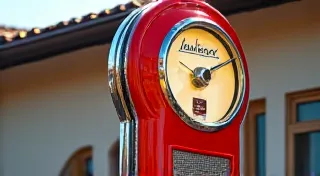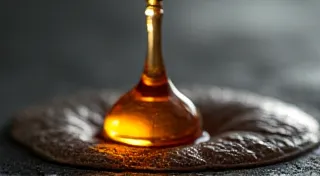Ephemeral Echoes: The Palimpsest of Rust and Remembrance
There’s a particular scent that clings to vintage gas pump signs: a marriage of aged metal, faded paint, and the ghost of gasoline. It’s a smell that transports you, not just to a specific decade, but to a feeling—a hazy, romanticized vision of simpler times, of open roads and gleaming chrome. These signs aren’t just advertisements; they're palimpsests—layers of history imprinted upon metal. Every fleck of rust, every chipped corner, every sun-bleached hue whispers a story. We’ll be discussing more than restoration; we’re unearthing the echoes of the past held within each imperfection.
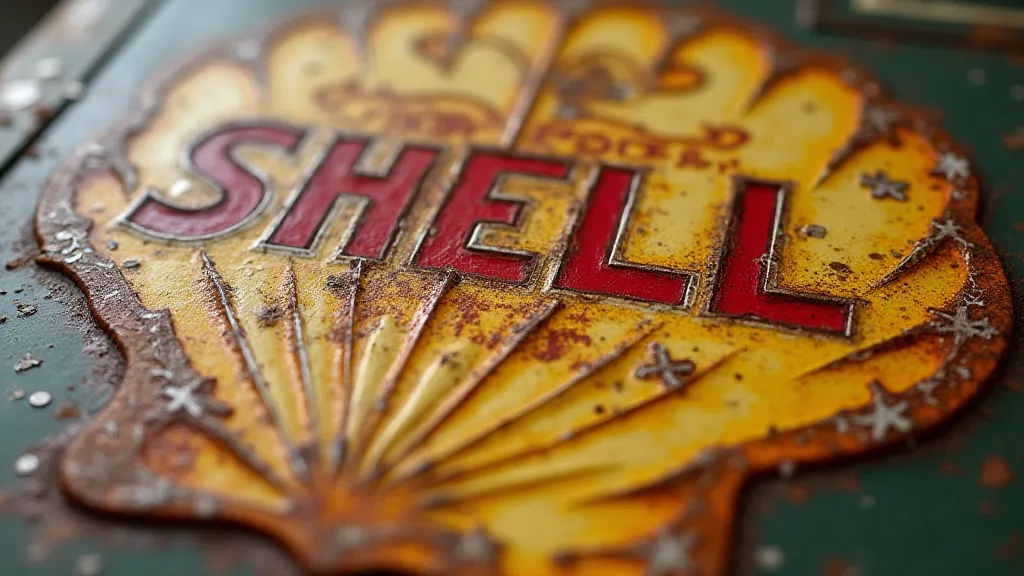
The Semiotics of Decay
The word “palimpsest” originates from ancient writing practices – a manuscript written on parchment that had already been used. The original text was often scraped away, but traces would remain visible beneath the new script. These remnants, these faint imprints of the past, contribute to the new text’s meaning. Vintage gas signs operate similarly. Consider the vibrant reds and blues of the 1930s, replaced by the muted pastels of the 1950s, and then the bolder, more graphic designs of the 1970s. Each era left its mark, not just in the visual style but also in the overall feel of the sign.
Think about the social context. The early gas stations weren't just places to refuel; they were community hubs, often offering repairs, supplies, and a place to rest. The signs reflected this—often larger, more ornate, and designed to draw the eye from afar. They were symbols of progress, of the automobile’s transformative power on American life. As the automobile became more commonplace, gas stations multiplied, and the signs evolved, reflecting changing tastes and marketing strategies. The very wear and tear on these signs tells a silent story about the roads they overlooked – the countless journeys undertaken, the changing landscape, the slow march of time.
A Personal Connection to the Past
My own fascination with vintage gas signs began with my grandfather. He was a mechanic, a man of grease-stained hands and quiet wisdom. He had a small collection of signs in his garage – a Texaco Pegasus, a Gulf station marker, a Phillips 66 shield. They weren’t particularly valuable, but to me, they held an undeniable charm. I’m not sure I understood it then, but I remember the way the light would catch the chipped paint, creating a kind of aged beauty. They weren't trophies; they were simply a part of his life, a tangible link to his own memories of working on cars and the people he's known.
I recall him telling me stories about the early days of automobiles – how unreliable they were, how gas was sold by the gallon, and how filling a car was a social event. These stories, combined with the visual presence of the signs, fostered a deep appreciation for the history and craftsmanship of a bygone era. It wasn't just about the signs themselves, it was about the entire context – the community, the culture, the technology.
The Craftsmanship and Materials
The materials used in constructing these signs were often surprisingly simple – steel or iron, often quite thin, painted with durable enamels. The production process itself was often a combination of hand-craftsmanship and early mechanized techniques. Porcelain enamel signs, those with a glass-like finish, were particularly prized for their durability and vibrant colors. These signs were often hand-painted, a testament to the skill and artistry of the sign makers. You can sometimes see imperfections in the paint—slight variations in color, tiny brushstrokes—that add to their unique character.
The evolution of sign-making mirrored the broader industrial advancements. Early signs relied heavily on hand-applied lettering and intricate designs. Later, techniques like lithography and screen printing allowed for more complex and cost-effective production, although the highest-quality signs, especially those from the 1920s and 30s, remain highly sought after by collectors. Identifying the production method can sometimes reveal a sign’s age and potential value.
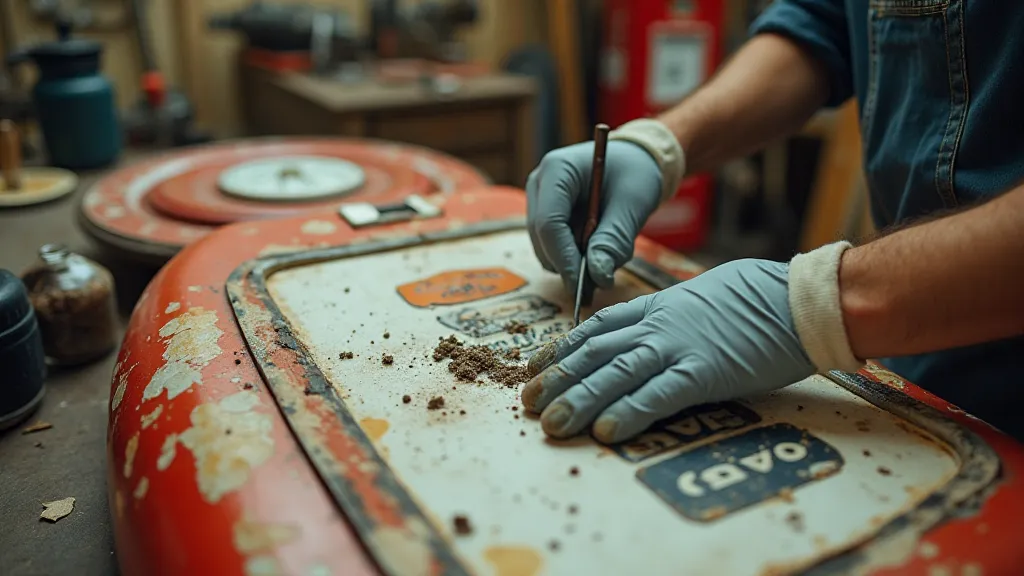
The Ethics of Restoration vs. Preservation
Restoring vintage gas signs is a delicate balancing act. There’s a temptation to return them to their original pristine condition, erasing the patina of age and the stories they hold. However, the “patina” – the rust, the fading paint, the chipped edges – is often an integral part of the sign's character and value. These imperfections are a record of its journey, a visual history of its exposure to the elements and the passage of time.
Many collectors and purists argue for preservation over full restoration, advocating for minimal intervention – cleaning the sign gently, stabilizing any loose paint, and protecting it from further deterioration. A full restoration, while visually appealing, can diminish the sign’s authenticity and potentially reduce its value. The key is to approach restoration with respect and sensitivity, understanding that you're not just cleaning a piece of metal; you’re preserving a piece of history. It’s a process of revealing, rather than recreating.
Collecting and Appreciation
Collecting vintage gas signs isn’t just about acquiring objects; it’s about connecting with a specific era and appreciating the craftsmanship and artistry of a bygone age. It’s about understanding the social and cultural context in which these signs were created and displayed. While some signs are rare and valuable, many are relatively affordable and accessible to collectors of all levels.
The value of a gas sign depends on a multitude of factors – its rarity, condition, manufacturer, and desirability. Signs from well-known brands like Texaco, Shell, and Gulf are generally more valuable than those from lesser-known stations. However, even signs from smaller, local stations can hold significant historical value, providing a glimpse into the communities they served. The allure is not solely about monetary value; it’s about the tangible connection to a time when gas stations were landmarks, and the open road held a romantic promise.
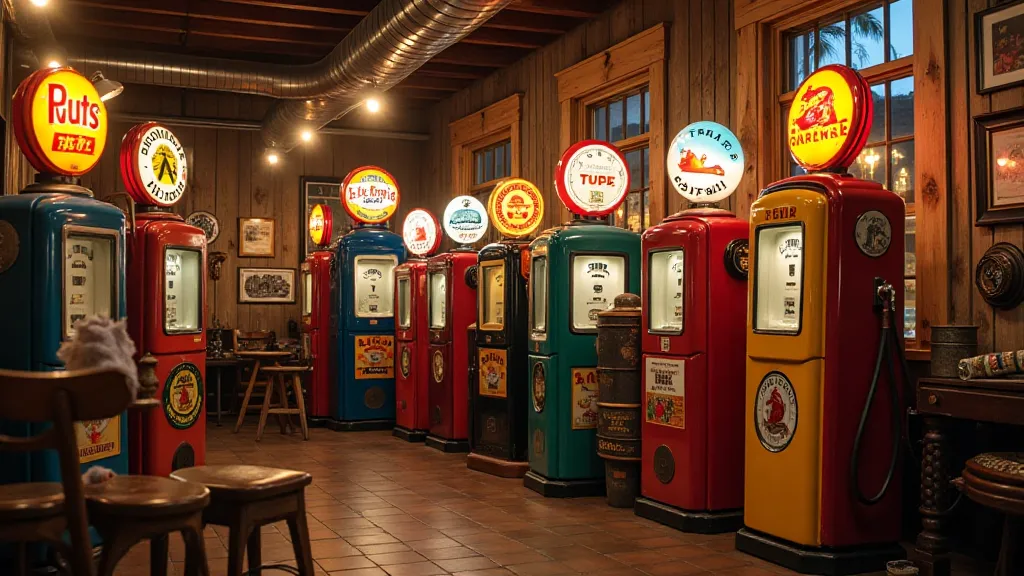
Ultimately, the appreciation of vintage gas signs transcends mere nostalgia. It’s about recognizing the beauty in imperfection, the value of history, and the enduring power of a simple image to evoke a sense of place and time. These ephemeral echoes, held within layers of rust and remembrance, continue to resonate with us, reminding us of a different era, a different pace of life, and a road that once stretched endlessly before us.
